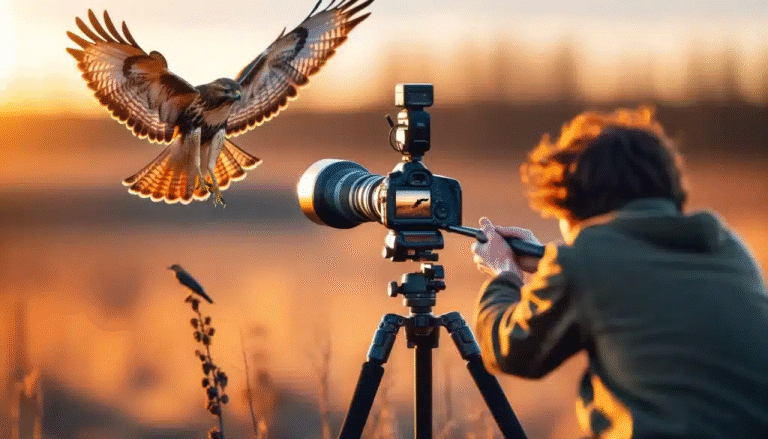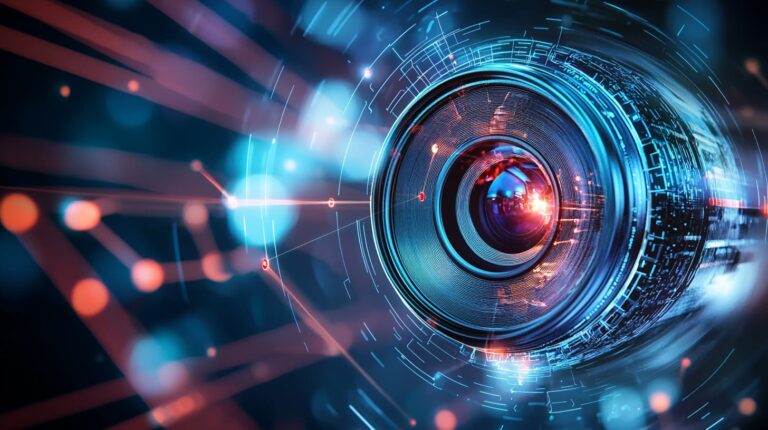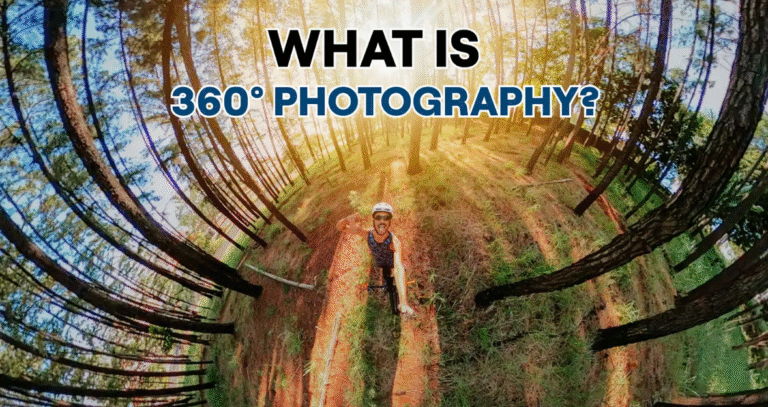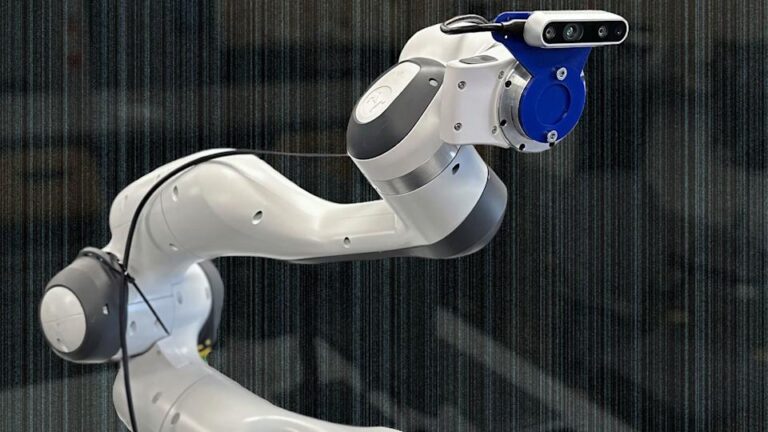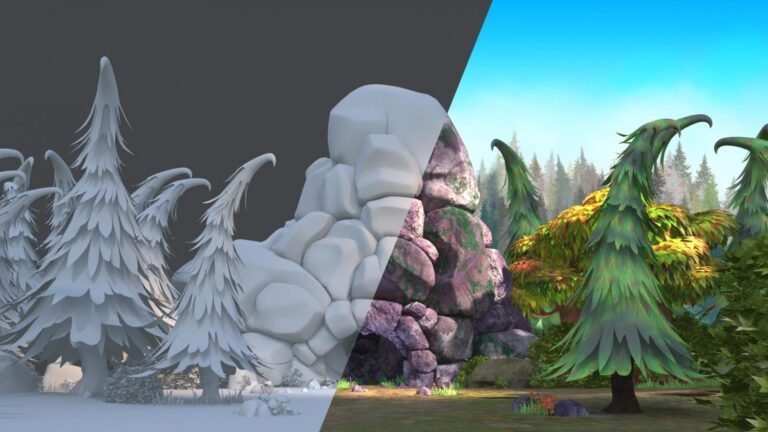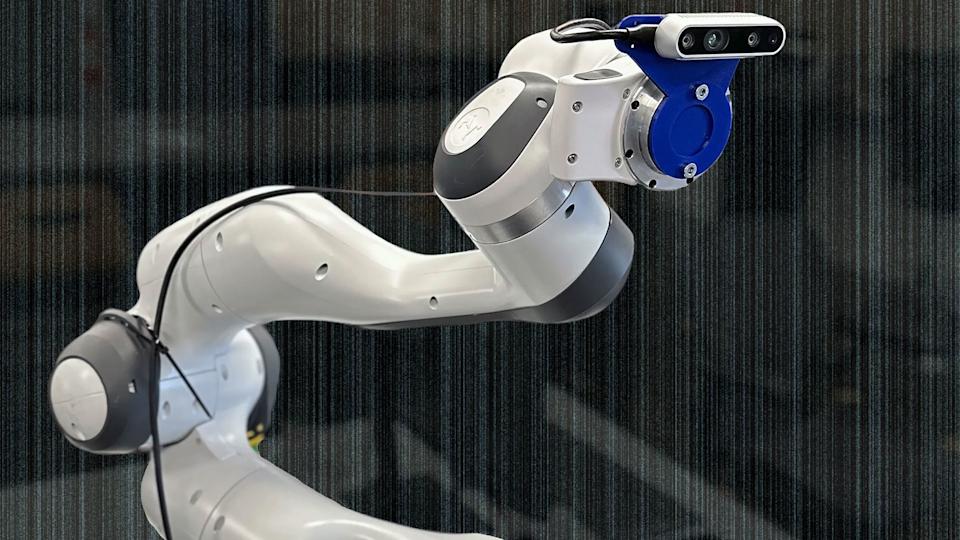
Technology in photography is moving faster than ever, and one of the latest innovations making waves is the use of robotic camera assistants. These intelligent tools are designed to help photographers and videographers capture smoother, more precise, and dynamic shots with less manual effort. Whether you’re a content creator, filmmaker, or hobbyist, robotic camera assistants can become your reliable partner behind the scenes.
A robotic camera assistant is basically a piece of equipment that assists in camera movement control autonomously. They employ motors, sensors, and in some cases, AI to track subjects, pan, tilt, and even change focus or zoom. Some of the most well-known examples are equipment such as the DJI Ronin, Moza Slypod, Pivo, and OBSBOT cameras. These are used extensively in vlogging, sports shooting, live streaming, interviews, and creative content creation.
One of the most important things about robotic camera assistants is that they have automatic tracking. That is, the camera is able to latch onto a subject, an individual, animal, or object, and follow them steadily as they move. This is ideal for solo creators or fitness trainers who do not want to be out of frame without requiring a cameraman. With facial or body detection, these assistants will keep you in the center and focused throughout the shoot.
Another advantage is stability and accuracy. Robotic gimbals and sliders enable very smooth motion shots. Instead of a wobbly handheld camera, you can achieve cinematographic camera movements like slow pans, tracking shots, or time-lapses. This gives your videos a professional touch without requiring sophisticated equipment or large crews.
Most robot companions are small and lightweight, making them convenient to take with you and use anywhere. Models such as the Pivo Pod are light enough to carry in a backpack, quickly deployable, and some come with companion apps that enable you to control the device remotely using a smartphone. You can initiate, cancel, and guide movements without laying hands on the camera.
Some robotic assistants are also equipped with AI-powered functionalities, like gesture control, voice command, or auto-editing capabilities. With these functionalities, the shooting process is faster and more efficient. You could worry about performance or narrative while the robot is operating the camera.
In studio and live broadcast settings, robotic camera systems are applied to manage multiple camera angles professionally. They provide smooth cutaways, reliable framing, and even complete 360-degree rotations. For photographers and videographers, this translates to greater creative liberty and minimal physical exertion for extended shoots.
Conclusion
Robotic camera assistants are revolutionizing the process of producing visual content. They provide intelligent tracking, silky smooth movement, and sophisticated controls that simplify shooting and professionalize it. You can use them to shoot a YouTube video, a workout session, or a creative short video. They can be your go-to photography companion, regardless of the project. As technology advances, robot camera assistants are getting more affordable, within reach, and a necessity for anyone looking to take beautiful visuals with less effort and more accuracy.
